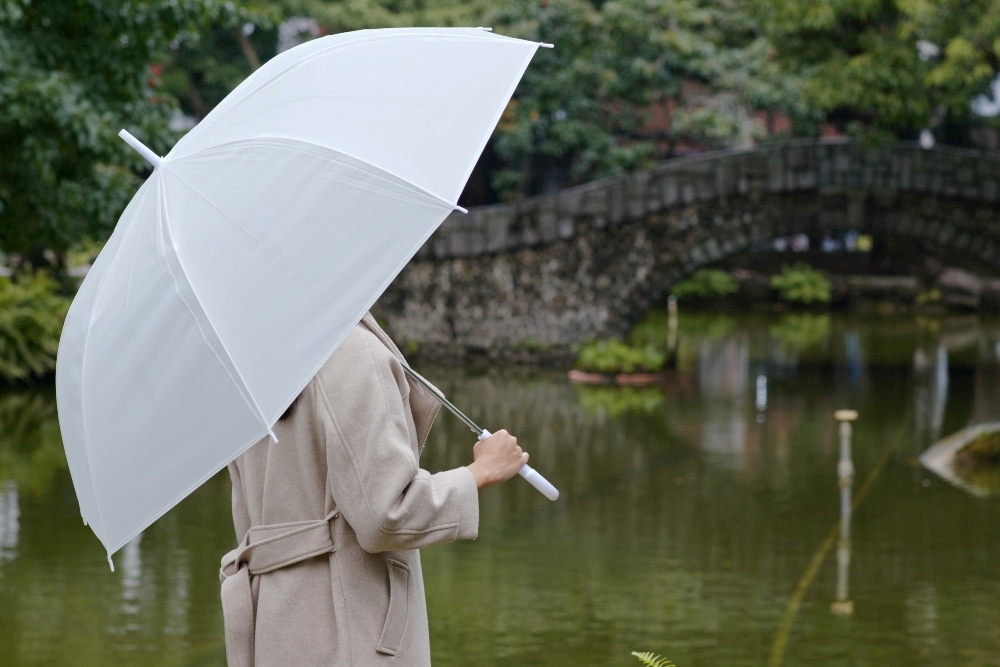
Korean folk art is a diverse and vibrant expression of the country's rich cultural heritage. Spanning centuries of tradition and encompassing a wide range of mediums, Korean folk art offers a fascinating window into the daily lives, beliefs, and customs of the Korean people through history. From colorful patterns of traditional clothing to intricately designed ceramics and pottery, Korean folk art represents a unique and essential part of the country's artistic legacy.
History and Evolution of Korean Folk Art
The history of Korean folk art can be traced back thousands of years, with roots in the country's ancient particles and customs. Korea's long history of invasions, occupations, and periods of isolation has contributed to the diversity of Korean art. Many of the earliest forms of Korean folk art were created for practical purposes, such as pottery and basket weaving, which were essential for everyday life. Over time, these practical crafts evolved into more artistic forms, as techniques and styles were refined and adapted to the changing cultural influences. Buddhism and Confucianism both had a profound impact on folk art, with many works depicting religious themes and beliefs.
Traditional Korean Crafts: Pottery, Weaving, and More
Each of Korea's crafts has a rich history and a unique that reflects the events that shaped its makes. Pottery, weaving, and embroidery are some of the earliest and most common Korean folk art forms, in addition to metalworking and paper-making. Today, many of these traditional crafts are still practiced and celebrated in Korea, with artisans passing down their skills and knowledge to future generations for millennia.
Korean Folk Painting and Sculpture
Korean folk paintings, known as minhwa, are perhaps the most well-known element of Korean folk art. Believed by the common folk to protect the artist and their family from evil spirits, minhwa became popular in the Chosun era (1392-1910), often painted onto paper or on canvas using black ink.
Nature was always a prominent motif in Korean art—Korean mountain paintings, known as sansu, featured a combination of great peaks and water, and date all the way back to the Goguryeo period.
EDITORIAL POLICY
The Flash List is dedicated to providing trustworthy editorial content by maintaining strict ethical standards, journalistic integrity, and credible professionalism regardless of any remuneration as working media. The Flash List is not affiliated with third-party companies mentioned and makes no endorsement or guarantee expressed or implied. The preceding article, which contains affiliated link(s) for which compensation was received, is intended for informational reference only and does not constitute advice of any kind. Moreover, a qualified professional should be consulted regarding any lifestyle consideration, medical treatment, or monetary transaction, etc. Content is published in accordance with USFTC regulations and terms and conditions.
MORE ON THE FLASH LIST






























